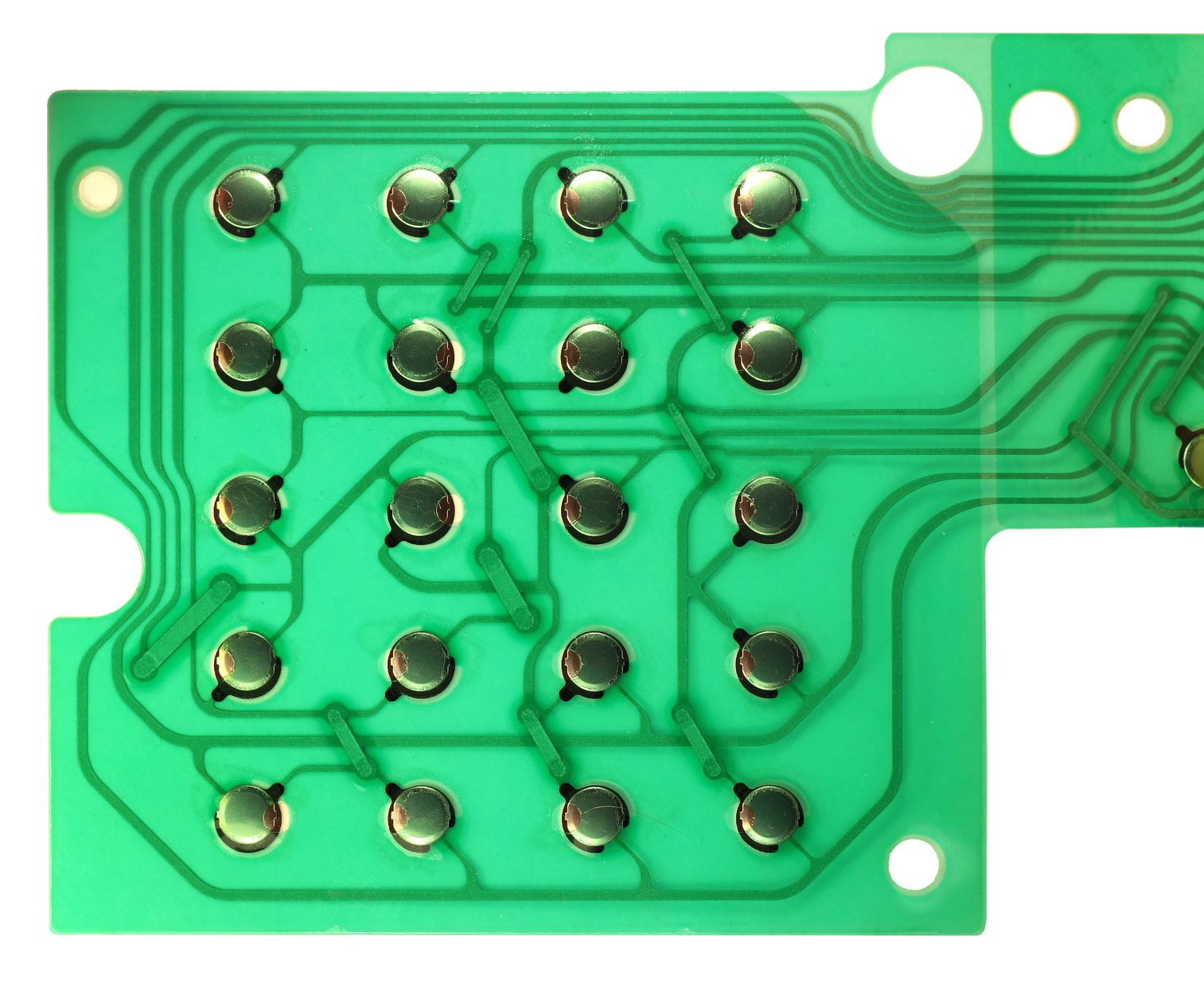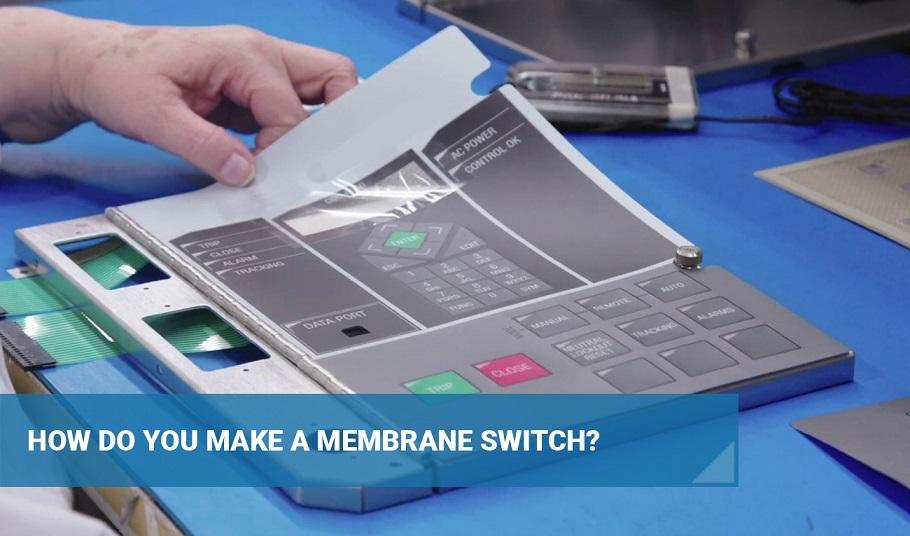Understanding the Performance of Membrane Layer Switches Over for User Interface Gadget
The functionality of membrane layer switches over stands for a considerable innovation in user interface style, combining effectiveness with visual convenience. These buttons operate with a multi-layered framework that converts individual interactions right into electrical signals, permitting for both portable formats and durability versus environmental aspects. As markets increasingly prioritize user experience, understanding the nuances of membrane layer switch technology becomes necessary. What ramifications do these developments hold for future applications, and just how might they redefine user interactions throughout various devices?
What Are Membrane Switches?
Membrane switches are innovative interface tools that help with individual interaction with digital equipment. These flexible components consist of numerous layers, consisting of a visuals overlay, spacer, and a printed circuit layer. The design enables for a seamless combination into various digital devices, enhancing both the aesthetic and practical aspects of interface.
Membrane layer switches are generally employed in a variety of applications, from house devices to industrial equipment and medical gadgets. Their building commonly includes a slim profile, making them a suitable selection for compact styles. The responsive responses given by these buttons can be engineered to meet specific user choices, guaranteeing effective interaction between the individual and the device.
Durability is another substantial benefit of membrane layer buttons, as they are immune to dirt, dampness, and chemicals, which boosts their life-span in demanding atmospheres. In addition, these switches can be personalized in terms of form, dimension, and graphic design, allowing for branding and user-specific attributes. On the whole, membrane layer changes represent a useful service for boosting customer experience in electronic gadgets, integrating performance with aesthetic appeal in an efficient way.
Just How Membrane Changes Job
Operating on a straightforward concept, membrane switches over make use of a split building to sign up customer input properly. Each button is composed of numerous layers, including a printed circuit layer, a spacer layer, and a leading visuals layer, which are created to work with each other seamlessly. When an individual presses the top layer, it compresses the spacer layer, bringing the conductive aspects of the circuit layer into contact with each various other.
This get in touch with creates a closed circuit, indicating the tool to perform a specific feature. The layout enables for different arrangements, consisting of tactile feedback, which can improve the customer experience by supplying a physical feeling upon activation. The materials used in membrane buttons often include flexible substrates, such as polyester or polycarbonate, which make certain toughness and resilience versus damage.

Trick Benefits of Membrane Buttons

One more significant benefit is their density. Membrane layer buttons are slim and lightweight, which enables manufacturers to save area in their devices without giving up functionality. This feature is specifically helpful in applications where weight and volume are crucial factors to consider.
In addition, membrane switches are resistant to dirt, moisture, and chemicals, enhancing their toughness. This strength expands their life-span and reduces the demand for regular substitutes, resulting in expense savings in time.
Moreover, the tactile comments provided by membrane layer buttons can be optimized to improve user interaction. They can consist of functions such as increased buttons or audible clicks, improving use and customer experience.
Applications Across Industries
Individual user interface tools making additional reading use of membrane layer buttons are common in a wide array of markets, showcasing their versatility and performance. Membrane Switch. In the clinical field, membrane layer buttons are integral to devices such as diagnostic tools and patient monitoring systems, where their longevity and convenience of cleaning are important for keeping hygiene criteria. In a similar way, in the automotive sector, these switches are employed in control panel controls and infomercial systems, supplying a streamlined and contemporary interface for users.
In addition, the customer electronic devices field take advantage of membrane switches in home appliances and portable devices, where portable layout and easy to use interfaces boost customer experience. Industrial applications additionally utilize membrane changes for control board in equipment and automation systems, highlighting their effectiveness and resistance to severe atmospheres.
In the aerospace and defense sectors, membrane switches are utilized in cabin controls and tools, where dependability and efficiency under severe problems are extremely important. Furthermore, the video gaming market increasingly integrates membrane layer switches in controllers and arcade makers, adding to an interesting customer experience. Overall, the flexibility of membrane layer changes enables their widespread use across numerous industries, emphasizing their importance in modern user interface style.
Future Patterns in Membrane Layer Change Modern Technology

Furthermore, making use of innovative products, such as polycarbonate and polyester movies, is anticipated to rise, offering boosted durability and resistance to ecological stressors. These products add to the total longevity of membrane switches, making them ideal for harsher industrial applications.
In addition, the incorporation of smart technology, consisting of IoT connection, will certainly enable membrane layer switches to connect with other devices and systems, helping with a more interactive individual experience. This pattern straightens with the growing need for smart tools throughout numerous sectors, from medical care to consumer electronics.
Finally, customization choices are anticipated to increase, permitting manufacturers to produce bespoke solutions customized to particular individual requirements and choices. These growths will certainly place membrane layer switches as necessary parts in the development of user interface modern technology.
Conclusion
In final thought, membrane layer switches over represent a crucial improvement in customer interface innovation, providing a trusted and functional option for varied digital applications. As developments recommended you read in product science and touch sensing modern technologies continue, the performance and applicability of membrane layer buttons are expected to increase, strengthening their importance in modern-day digital gadgets.